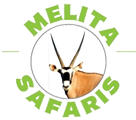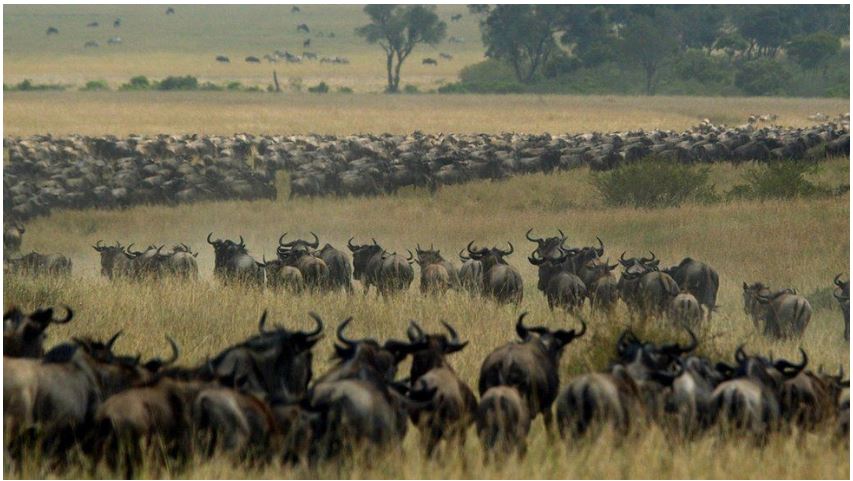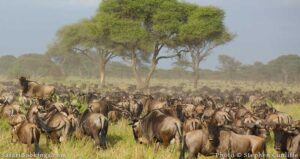A safari in Masai Mara is arguably the best wildlife adventure experience in the world and this is certainly not an over statement. The reserve is home to some of the most diverse collection of animals, not just the ‘Big Five’ but also the ‘Big Nine’ most of which can be seen during a safari tour in Masai Mara. Though the wildbeest migration season from July to September is the highlight of the year, a Masai Mara safari is a rewarding experience all year round.
The Great Migration in a nutshell
Maasai Mara (Masai Mara) is situated in south-west Kenya and is one of Africa’s Greatest Wildlife Reserves.
Maasai Mara National Reserve stretches 1,510 sq km (580 sq miles) and raises 1,500-2,170 meters above sea level. Add the conservancies and the area is at least twice the size. It hosts over 95 species of mammals and over 570 recorded species of birds.
With 1,5 million wildebeest, 400,000 zebra, 12,000 eland and 300,000 Grant’s and Thomson’s gazelles trekking from southern Serengeti to the Masai Mara, the ‘great’ in ‘Great Migration’ may be a bit of an understatement. The constant year-long migration is an iconic natural phenomenon, the timing of which depends on environmental factors, the weather and of course, the animals themselves. In short, the biggest mammal trek in the world follows the rains. The herds travel 800 kilometers clockwise in a circle through the Serengeti and Masai Mara ecosystems in search of greener, mineral rich pastures and water. The animals spend most of the cycle in the Serengeti in Tanzania, but also spend several months trekking the bountiful plains of the Masai Mara.
Know the saying ‘the grass is always greener on the other side’? Well, during the great migration, the grass is indeed greener on the other side. Each year, over two million wildebeest, zebra and other herbivores trek from the southern Serengeti to the lush green grasses of the Masai Mara. Known as one of the seven wonders of the world, the great migration is an iconic safari must-see.



 As the herds of wildebeest, zebras and gazelles enter the Masai Mara they are met by more than their fair share of lethal predators. Aside from the threat of the big cats, the lemming-like herds are also faced with over 3000 crocodiles lurking in the murky waters of the Mara River during their river crossing. Watching the herds blindly jump from riverbank ledges and into the river waters is spectacular to say the least. Eventually the massive herds are rewarded with spoils of the wide open Masai Mara plains. For a short while, life is good. When the food supply dwindles and the rains move on, so do the herds.
As the herds of wildebeest, zebras and gazelles enter the Masai Mara they are met by more than their fair share of lethal predators. Aside from the threat of the big cats, the lemming-like herds are also faced with over 3000 crocodiles lurking in the murky waters of the Mara River during their river crossing. Watching the herds blindly jump from riverbank ledges and into the river waters is spectacular to say the least. Eventually the massive herds are rewarded with spoils of the wide open Masai Mara plains. For a short while, life is good. When the food supply dwindles and the rains move on, so do the herds.